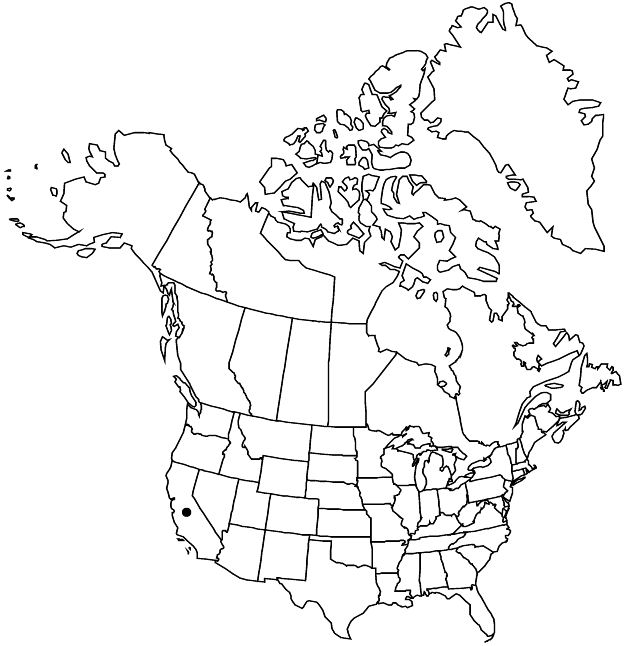Ceanothus maritimus
Leafl. W. Bot. 7: 111. 1953.
Shrubs, 0.3–1 m, moundlike. Stems usually prostrate to ascending, rarely erect, sometimes rooting at proximal nodes; branchlets reddish to grayish brown, rigid, smooth to slightly ridged, tomentulose, glabrescent. Leaves not fascicled; petiole 1–2 mm; blade flat or cupped, obovate to oblong-obovate, 8–20 × 4–12(–15) mm, base cuneate, margins thick to revolute, usually entire, sometimes denticulate near apex, teeth 3–5, apex acute to rounded, truncate, or retuse, abaxial surface grayish green, tomentulose, adaxial surface green, glabrous. Inflorescences axillary, 0.8–1.5 cm. Flowers: sepals and petals pale to deep blue, sometimes tinged with lavender; nectary dark purplish green. Capsules 5–8 mm wide, not to weakly lobed; valves smooth, horns subapical, minute, erect, intermediate ridges absent.
Phenology: Flowering Feb–May.
Habitat: Maritime terraces and bluffs, alluvial or serpentine soils, coastal prairies, open sites in maritime chaparral.
Elevation: 10–60 m.
Discussion
Ceanothus maritimus is restricted to a small area of coastal bluffs in northern San Luis Obispo County, growing in close proximity to another local endemic, C. hearstiorum (subg. Ceanothus).
Selected References
None.
